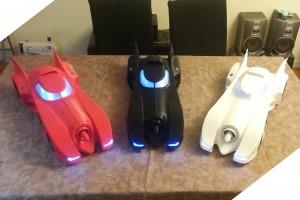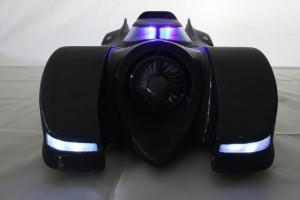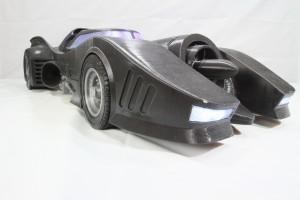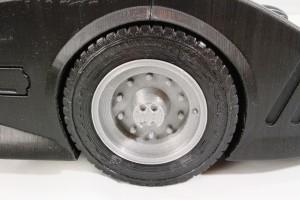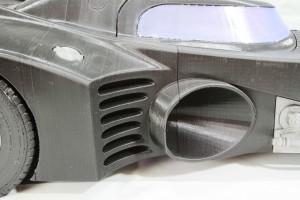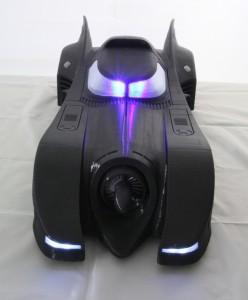 Batman is probably one of the most iconic and universally known superheroes in the world, but that wasn’t always the case. Before Tim Burton’s 1989 Batman movie, unless you read comic books you only knew him as the goofy, spandex wearing Adam West. But the release of the film featuring a darker, more serious Batman changed everything and ushered in the modern age of superhero movies made for general audiences, not for niche crowds of nerds. The film also reinvented the Batmobile, and while we have since seen many iterations (most of them closer to a BatTank) in each subsequent film, the original 1989 Batmobile still stands out as one of the most memorable and impressive designs.
Batman is probably one of the most iconic and universally known superheroes in the world, but that wasn’t always the case. Before Tim Burton’s 1989 Batman movie, unless you read comic books you only knew him as the goofy, spandex wearing Adam West. But the release of the film featuring a darker, more serious Batman changed everything and ushered in the modern age of superhero movies made for general audiences, not for niche crowds of nerds. The film also reinvented the Batmobile, and while we have since seen many iterations (most of them closer to a BatTank) in each subsequent film, the original 1989 Batmobile still stands out as one of the most memorable and impressive designs.
This spectacular replica of the iconic 1989 Batmobile was made by 3D artist and industrial designer Hector N Gama, who actually started several years ago, before desktop 3D printing was even an option. While he was attending Ohio State University, Gama started creating 3D models of several of his favorite cars and vehicles, including a 1982 Delorean and of course the 1989 Batmobile. At the time his intention was to create highly detailed replica so when he could afford it he could send the digital files off to an industrial fabricator and have the cars made as large-scale centerpieces for his living room.
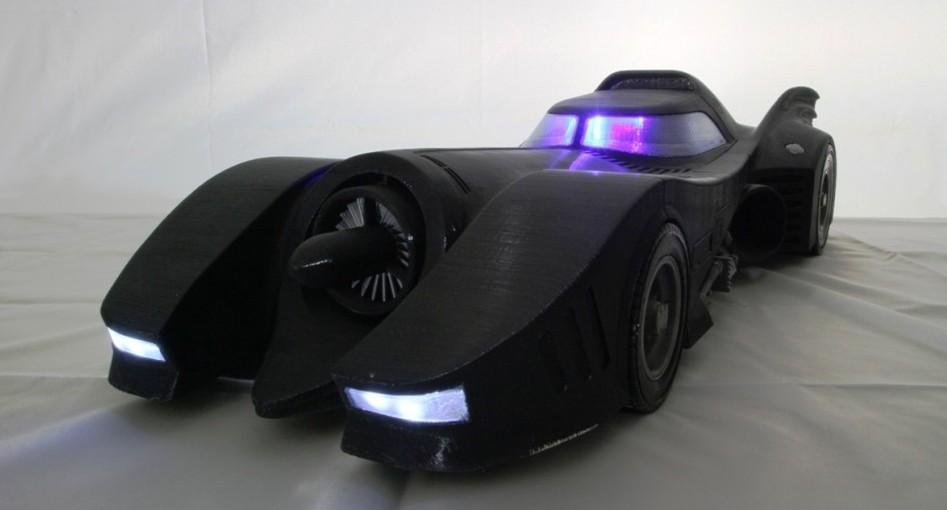 He sculpted and designed the Batmobile entirely in 3DS MAX and in order to make it as realistic as possible he used a store purchased model kit and dozens of pictures culled from the internet as his source of reference.
He sculpted and designed the Batmobile entirely in 3DS MAX and in order to make it as realistic as possible he used a store purchased model kit and dozens of pictures culled from the internet as his source of reference.
He never did end up sending his final design into a professional 3D printing services provider however, as desktop 3D printers started to become easier to obtain. After taking his time and doing plenty of research Gama settled on purchasing an Airwolf 3D XL 3D printer. At the time he made his purchase it was the most affordable model with a large build envelope and capable of producing highly detailed prints.
One of the deciding factors in Gama’s printer choice was the fact that the corporate headquarters of Airwolf 3D also happened to be located local to him in Southern California. That meant that his new printer wouldn’t need to be shipped to him from halfway across the world.
The Airwolf 3D XL has a pretty respectably sized printing volume of 11.5″ x 8″ x 7″. But because the final size that Gama had settled on for his Batmobile was about 30″ long and 11.5″ wide, he knew that he would need to break the model up into multiple parts.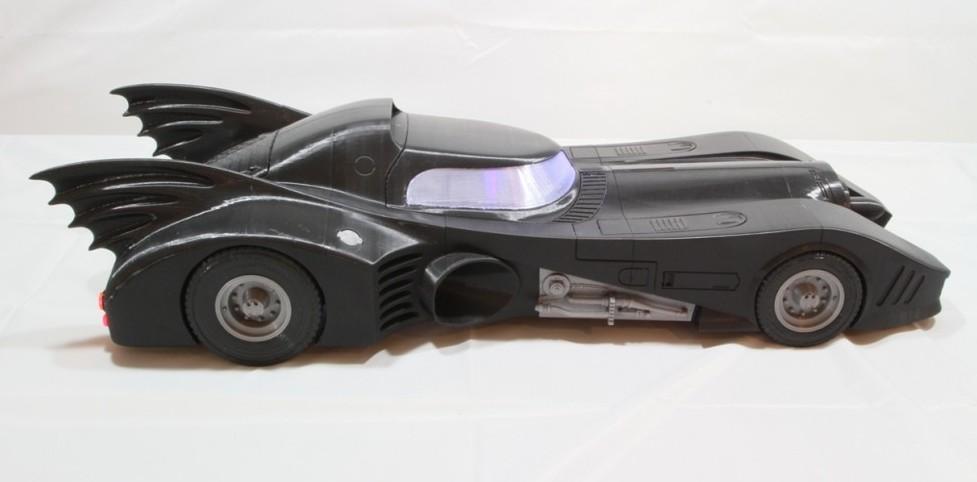
In total the main body of Batmobile is made up of eight large parts that were glued together. The front bumper to the front wheel axle is a single part, the front axle back to the rear axle is three parts, the rear axle to the rear bumper is two parts, then there is a trunk cover part and the cockpit canopy cover. It also has several smaller details like wheels, hubcaps, and lights that bring the total parts used to make this replica up to about 34 individual 3D printed parts.
Gama invested about 100 hours of 3D printing time into each completed Batmobile.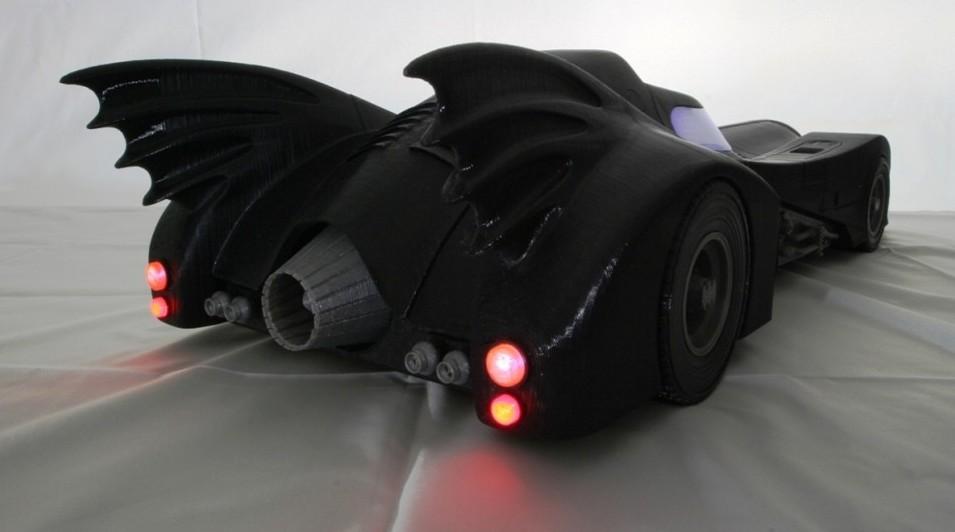
Almost the entire Batmobile replica is constructed of 3D printed parts. Gama printed most of the car in a black PLA material, including the full body, cockpit, and the fins. The wheels, engine, details, and smaller accessories were printed in a silver PLA, while the tires were printed in a soft, flexible PLA material.
Gama also used a blue transparent PLA material for the windshield and the headlights, while he used a transparent red PLA for the taillights. The only part of the Batmobile that is not 3D printed is the lighting system, which is made from an inexpensive set of small Christmas lights hidden inside of the cockpit.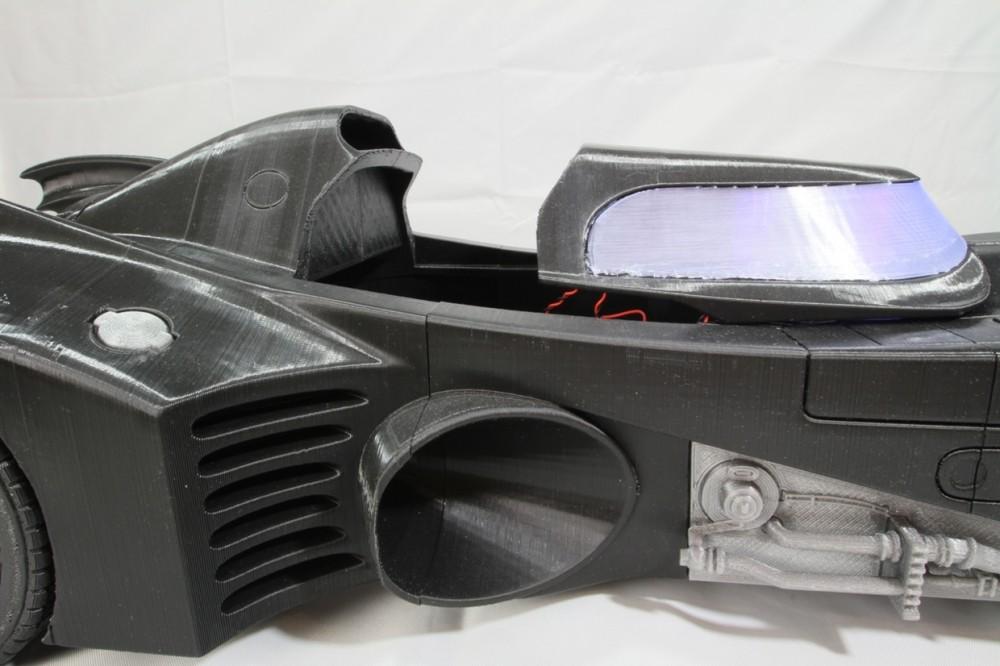
You can see a video here of the design process of the 1989 Batmobile replica, and a second video here of Gama showing off his first few prints. And you can see some of the great details on the car in this video:
For his first attempt at printing his Batmobile, Gama included movable wheels thinking that someone may want to turn it into an RC car. However, he quickly discovered that the more moving parts that a model had, the more susceptible to breaking it would be. Since his intention was to create his Batmobile replicas to be used as display models and not for use as a toy he decided to make the wheels static to reduce the chances of them breaking.
He was hoping to produce a few different versions of his model in different colors that he could sell to collectors in order to recoup some of his investment in the project; however, he doesn’t have any licensing rights so Gama will most likely be releasing the full 3D model online.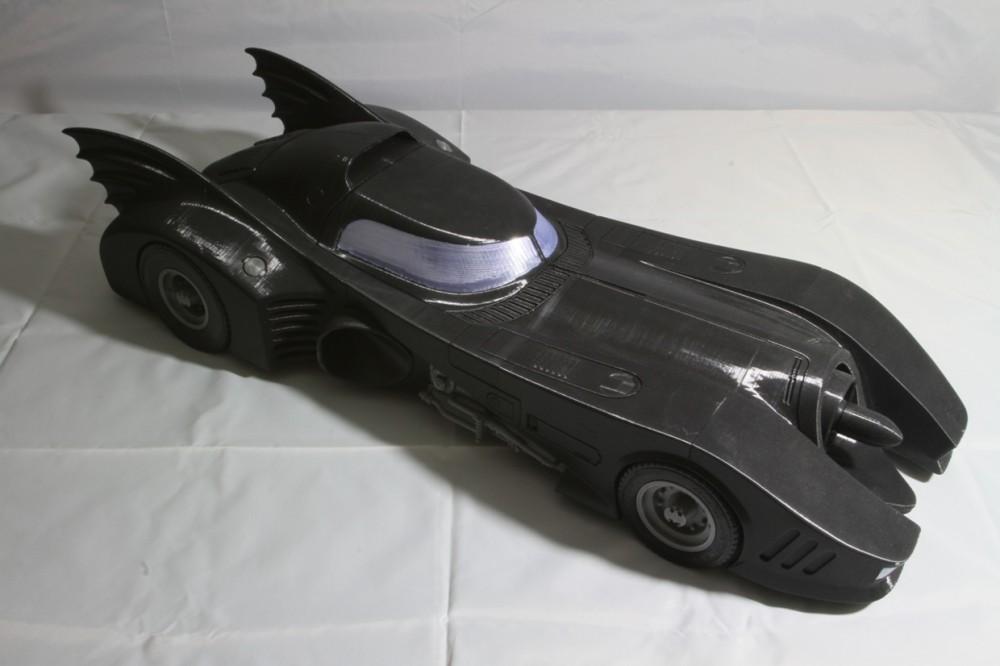
Gama has several more projects in the works, including detailed 3D printed replicas of the Delorean that he designed in college and his latest project, a Millennium Falcon from Star Wars. You can see more videos of Gama’s adventures with 3D printing on his YouTube page.
Here is a gallery featuring some high quality pictures of the final Batmobile replica as well as some alternate prints in various colors:
Subscribe to Our Email Newsletter
Stay up-to-date on all the latest news from the 3D printing industry and receive information and offers from third party vendors.
You May Also Like
Nylon 3D Printed Parts Made More Functional with Coatings & Colors
Parts 3D printed from polyamide (PA, Nylon) 12 using powder bed fusion (PBF) are a mainstay in the additive manufacturing (AM) industry. While post-finishing processes have improved the porosity of...
3DPOD Episode 193: Flow and What’s Possible in 3D Printing with Ricky Wildman, University of Nottingham
Ricky Wildman is working on 3D printing pills, but, as Professor of Multiphase Flow and Physics at Nottingham, he does a whole lot more. His research encompasses the characterization of...
3D Printing Webinar and Event Roundup: March 17, 2024
It’s another busy week of webinars and events, including SALMED 2024 and AM Forum in Berlin. Stratasys continues its in-person training and is offering two webinars, ASTM is holding a...
3D Printed Micro Antenna is 15% Smaller and 6X Lighter
Horizon Microtechnologies has achieved success in creating a high-frequency D-Band horn antenna through micro 3D printing. However, this achievement did not rely solely on 3D printing; it involved a combination...




